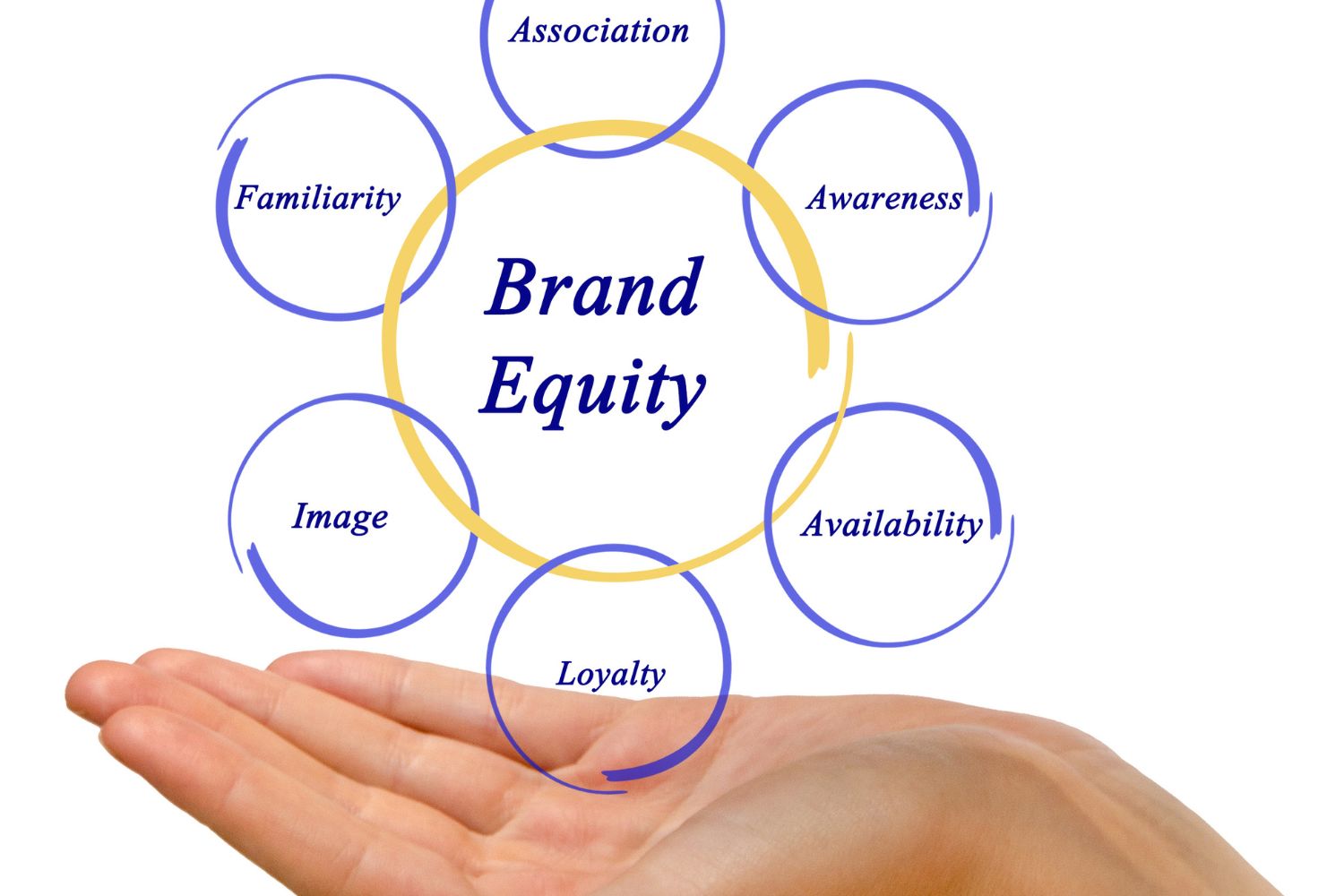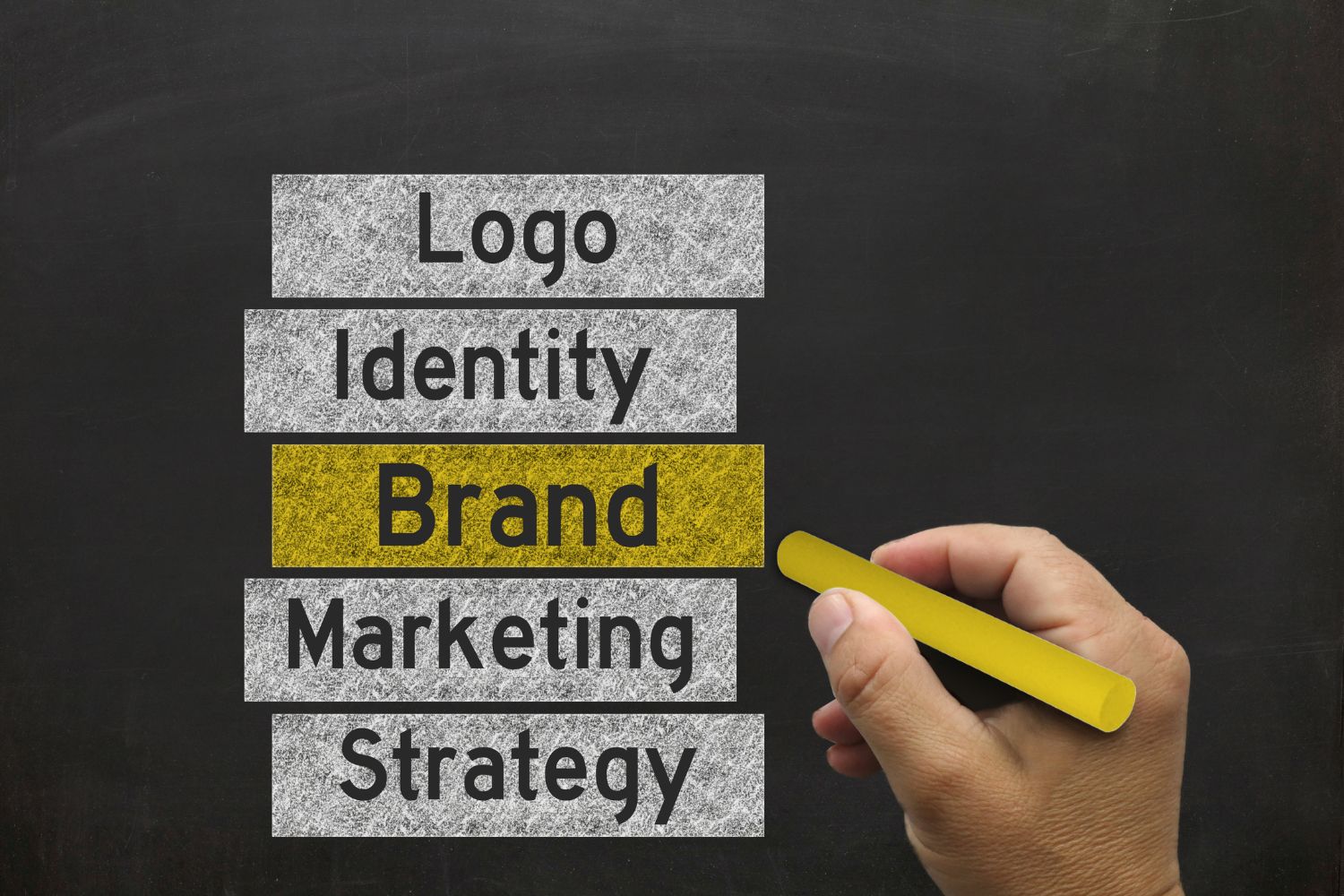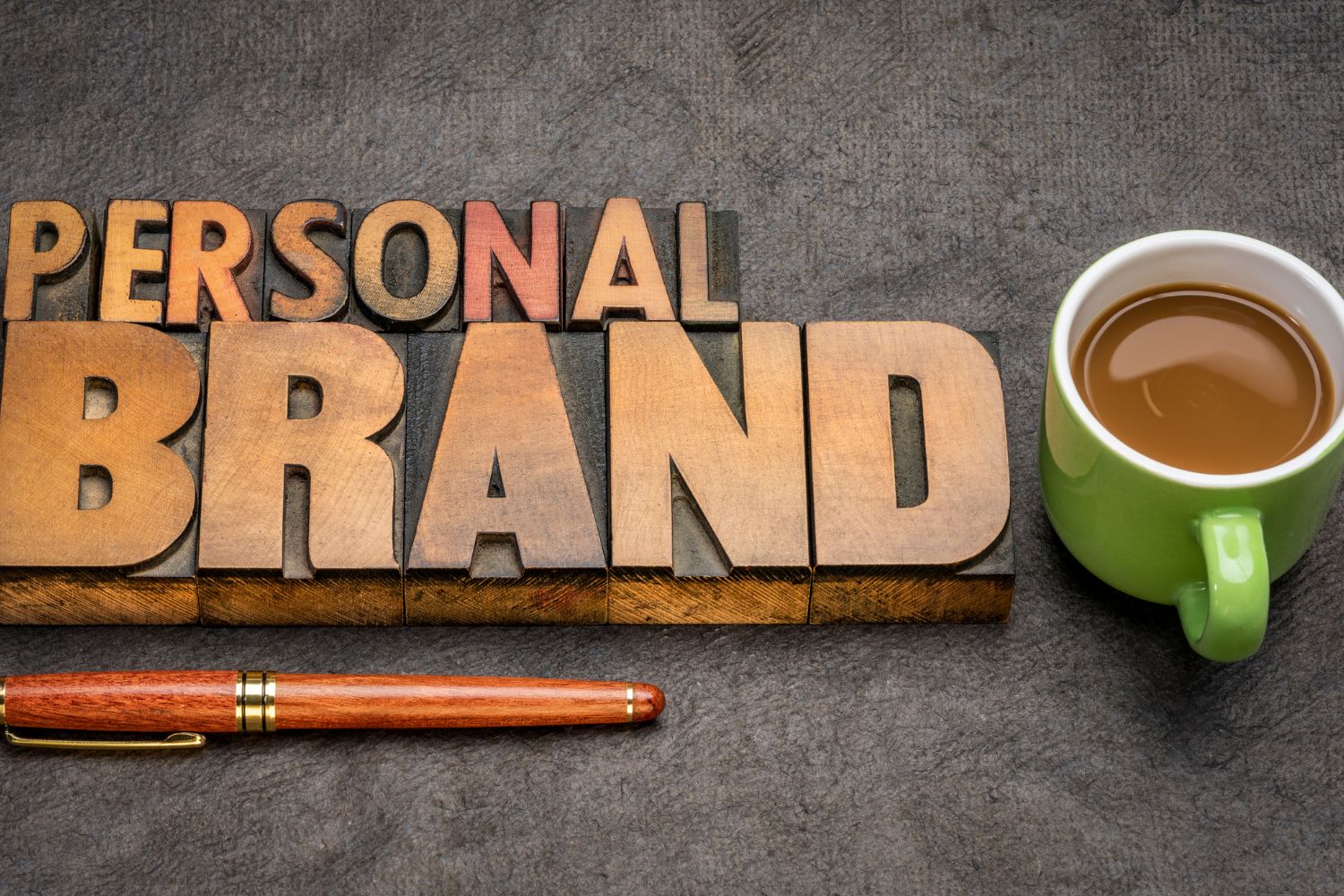Branding
Branding is a journey of self-discovery for organizations, distilling essence into a distinct brand that connects with consumers. A successful brand transcends products and services, fostering trust, emotion, and shared values.
The Art of Branding:
Crafting identity and building relationships
Branding is more than a logo or a snappy phrase; it is the beating core of a company’s identity. It is the skill of establishing a distinct identity, eliciting emotions, and forging ties that transcend beyond commerce. We’ll go into the realm of branding in this blog article, looking at its parts, techniques, and the tremendous influence it has on influencing views and building loyalty.
1. Defining Branding:
Beyond the Surface
At its most basic, branding is the process of molding how your target audience views your company. It’s all about crafting a tale that connects with them and leaves an impact. Your brand encapsulates your beliefs, mission, personality, and promises to your audience.
2. Visual Identity:
The Face of Your Brand
People are drawn to your brand’s visual components, such as its logo, colors, and typography. These aspects work together to create a visual identity that captures the soul of your brand. In a single glance, a well-designed logo may reflect your company’s personality, values, and industry.
3. Building Emotional Bridges:
Add Your Heading Text Here
Brands that connect emotionally build long-lasting memories. Emotional branding harnesses the power of emotions to make clients feel understood and valued. Coca-Cola and Apple elicit powerful emotions because they have positioned themselves as more than simply products – they are an integral part of people’s life.
4. Consistency Across Touchpoints:
Add Your Heading Text Here
Every encounter with your brand is a chance to reinforce your message. Maintaining uniformity across all touchpoints, from your website and social media to customer service and packaging, ensures that customers have a unified and memorable experience.
5. Storytelling:
Add Your Heading Text Here
Humans are hardwired to react to tales. Creating a great brand narrative helps you to explain your beliefs, beginnings, and the path that led to the establishment of your company. A well-told narrative attracts customers and generates a real feeling.
6. Brand Perception and Customer Trust
Any successful brand is built on trust. Brands with a reputation for dependability are those that continuously deliver on their promises and create value. Customer loyalty, advocacy, and repeat business are all influenced by customer trust.
7. Differentiation and Competitive Edge
Differentiation is critical in a crowded marketplace. A strong brand sets you apart from competitors, making it simpler for customers to select you over others. Unique value propositions and a distinct brand identity may help you stand out in a sea of competitors.
8. Brand Evolution:
Adapting to Change
Your brand may need to alter as your company expands and the market changes. This does not imply abandoning your basic beliefs, but rather fine-tuning your language and visual identity to reflect current trends and client preferences.
9. Humanizing the Brand:
Relatability and Connection
Brands that demonstrate their humanity are frequently more relatable. Sharing behind-the-scenes photos, communicating with consumers on social media, and reacting to criticism all help to humanize your company and develop a feeling of community.
10. Measuring Brand Success:
Metrics and Impact
Tracking indicators like as brand recognition, customer engagement, and customer loyalty are important for measuring the effectiveness of your branding activities. These insights allow you to assess the efficacy of your efforts and make educated changes.
In conclusion, branding is a journey of self-discovery for businesses. It’s about distilling your essence into a unique identity that resonates with your audience. A strong brand transcends products and services, becoming a relationship built on trust, emotion, and shared values. Whether you’re a startup or an established business, nurturing and evolving your brand is a continuous process that shapes your place in the hearts and minds of your customers.
Typical Questions And Answers Concerning Branding

1. What is branding?
The process of developing a distinct and identifiable identity for a product, service, organization, or individual is known as branding. It entails shaping consumers' views, emotions, and associations with the brand.

2. Why is branding important?
Branding is important because it distinguishes your offering from rivals, fosters consumer trust and loyalty, and impacts purchase decisions. A powerful brand may fetch higher prices and have a long-term influence on customer behavior.

3. What elements make up a brand?
The brand name, logo, colors, typography, slogan, brand voice, visual identity, and overall brand personality are all components of a brand. These factors collectively affect how the audience perceives the brand.

4. How does branding affect consumer behavior?
Branding impacts customer behavior by forging emotional bonds and instilling trust. Positive thoughts and connections evoked by strong brands may lead to greater consumer loyalty, repeat purchases, and word-of-mouth recommendations.

5. What's the difference between a brand and a logo?
A logo is a visual representation of a company or product, while a brand encompasses the complete perception and reputation of a product, service, or company, including the emotional and psychological associations customers have with the logo.

6. How do you build a strong brand identity?
Creating a great brand identity requires you to define your brand's values, mission, and personality. This should be mirrored in your aesthetic components, marketing, and interactions with customers. A consistent brand identity is essential across all touchpoints.

7. Can branding evolve over time?
Yes, branding can and should change to reflect changing market trends, customer preferences, and corporate objectives. Any adjustments, however, should be carefully evaluated in order to preserve the basic spirit of the brand and prevent confusing existing consumers.

8. What is brand consistency?
Maintaining consistency in your brand's visual components, message, and overall identity across all marketing channels and touchpoints is what brand consistency entails. Consistency aids in the development of brand awareness and trust.

10. What is brand equity?
Brand equity refers to the intangible worth and reputation that a brand have in the market. It is the outcome of consumers' persistent good experiences, perceptions, and associations with the brand. improved brand equity frequently leads to improved consumer loyalty and market share.

9. How can a small business create an effective brand?
Small companies may build an effective brand by clearly articulating their value proposition, knowing their target customer, designing a distinctive logo and visual identity, building a distinct brand voice, and consistently following through on promises.








